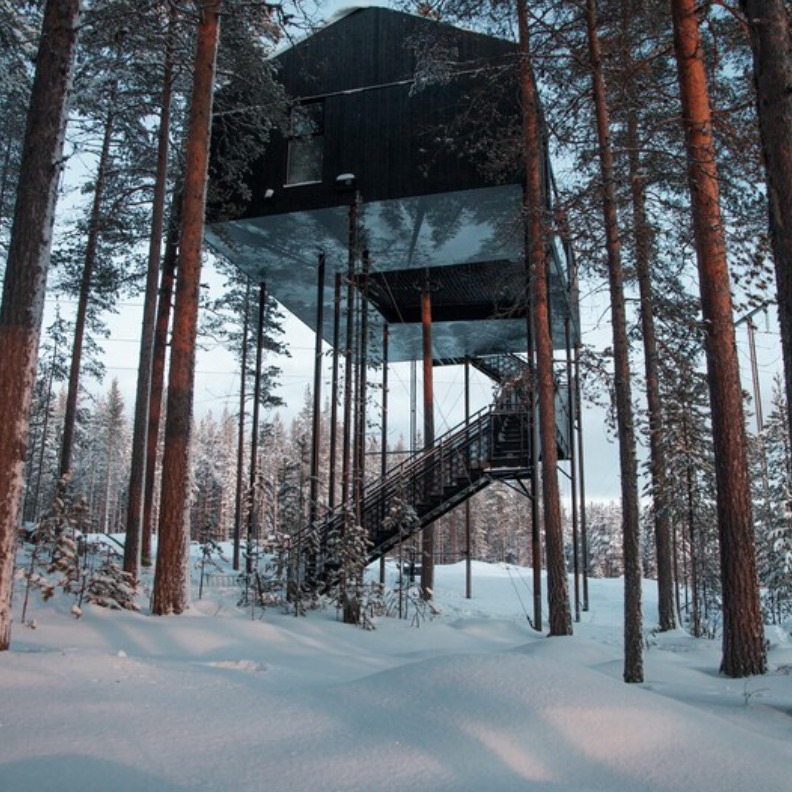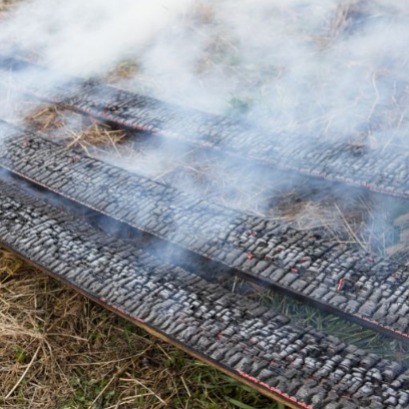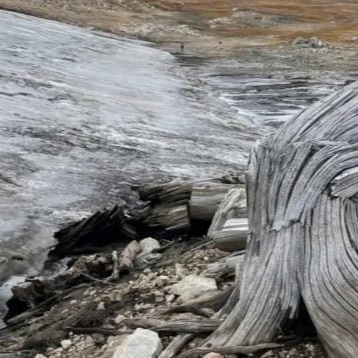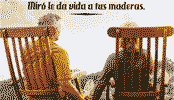
Build between branches: a sample of contemporary architecture of houses in the trees
Despite their capricious appearance, houses in the trees offer a unique platform for structural innovations and design explorations.
In fact, houses in traditional trees depend on the trunks of the trees for structural support, but, to relieve the load supported by the tree, contemporary projects often introduce complementary systems such as piles seeking to maintain their image while offering additional support. One of the main advantages of raising them in this way is the reduction of the environmental footprint. Houses on trees can be designed to leave the soil of the intact forest, preserving small -scale ecosystems. By releasing the ground below, they minimize native flora and fauna interruptions, allowing nature to prosper without being disturbed. Similarly, many architecture professionals use local topography to create fluid connections, incorporating ramps, stairs or bridges that are integrated with the landscape. These solutions not only improve accessibility, but also enrich the general experience creating an architectural walk that extends between the house in the tree and its surroundings. This sensitivity to the environment is reflected not only in structural design, but also in the careful selection of materials. The use of natural materials such as wood, also helps the structure merge with its environment. Some designers have gone further using alternative materials such as mirror panels to reflect the surrounding forest and completely hide the presence of the house in the tree, demonstrating that the choice of material can contribute to creating a project that feels like an extension of its environment instead of an imposition on it. This collection highlights notable examples from Sweden, Denmark, Indonesia and France, showing its various approaches.
IT MAY INTEREST YOU
 Burned wood: the Japanese technique that beautifies and protects the material
Burned wood: the Japanese technique that beautifies and protects the material
Elegant, ecological and resistant: the wood treated with the millenary technique called Yakisugi challenges the weather and the passage of time. In the world of design and construction, a Japanese ancestral technique is gaining prominence. This is the Yakisugi (also known as Shou Sugi Ban), a method that consists in burning the surface of the wood to make it more resistant and attractive. Although it may seem contradictory, exposing wood to fire gives natural protection against moisture, insects and deterioration over time.
 Mouliá participated in the presentation of the 10th Wood Expo at the ADS25 event
Mouliá participated in the presentation of the 10th Wood Expo at the ADS25 event
José Moulia, on behalf of the Government of Entre Ríos, participated in the Opening Panel of the ADS25 exhibition, developed on April 23 and 24 at the Higher School of Architecture and Design of the University of Morón. The meeting brought together professionals, academics and representatives of the construction sector committed to innovative and sustainable approaches.
 Unusual finding: a pine forest in excellent condition emerges after 6,000 years buried under the ice
Unusual finding: a pine forest in excellent condition emerges after 6,000 years buried under the ice
In the world there are millions of forests. Some are close to urban centers, others in remote and inaccessible places, but they all fulfill a key role: maintain the balance of the planet. They are literally the lung of the earth. When talking about a new forest, the first thing that comes to mind is usually reforestation, a recent plantation or the recovery of an area razed by fire. But this discovery is on another way. It is not a forest sown recently. It is an old forest, which was there for thousands of years, buried under the ice. And now, with the thaw caused by global warming, he has emerged again.





















